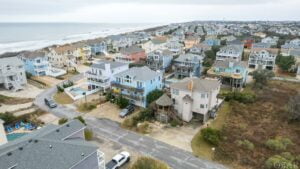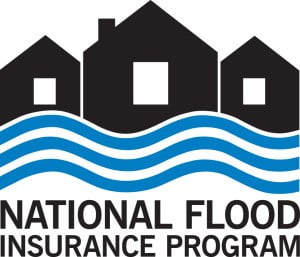 With all the insurance and septic news, I’m going to be brief on this month’s market report and just give you the numbers straight up. With only one month in, there isn’t a lot to analyze anyway.
With all the insurance and septic news, I’m going to be brief on this month’s market report and just give you the numbers straight up. With only one month in, there isn’t a lot to analyze anyway.
Not much has changed since December, except in Kill Devil Hills showing the only noticeable difference. Which is not unusual for this time of year. We will compare again in April and see if anything changes.
Area Active Now Active Dec
| Area | Active Now | Active Dec |
| Corolla | 81 | 88 |
| Duck | 16 | 17 |
| Sshores | 16 | 17 |
| Kitty Hawk | 15 | 18 |
| KDH | 49 | 60 |
| Nags Head | 43 | 40 |
Not a lot going on just yet, but don’t worry things will heat up in a few weeks! I’ll be watching.
If you’d like more information on buying or selling, please reach out.






